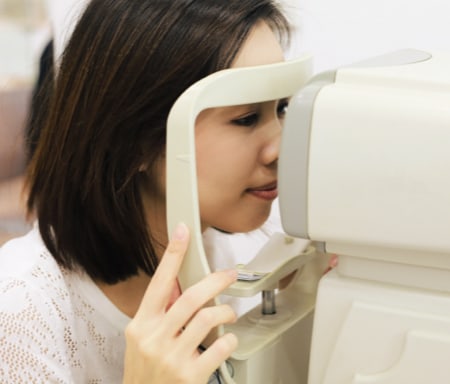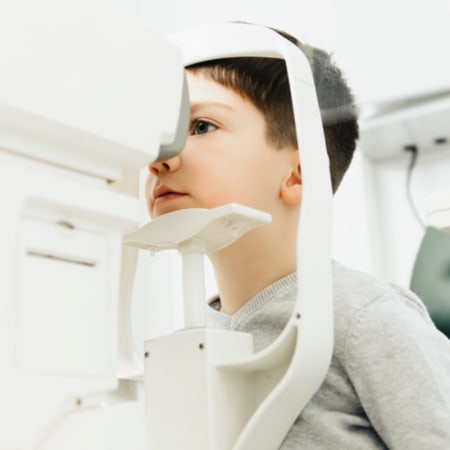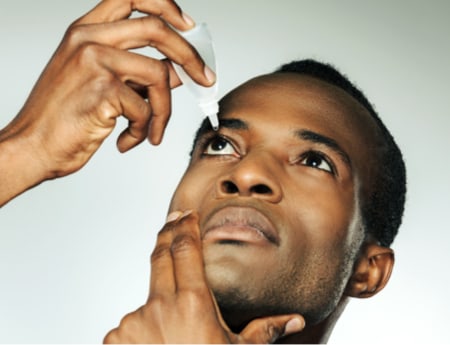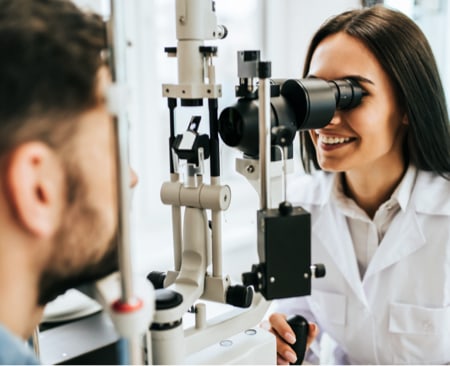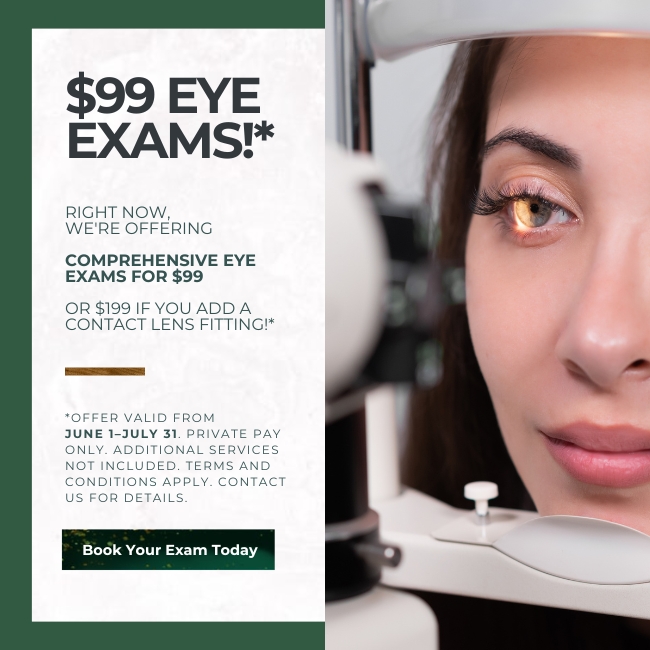Caring for an Eye Emergency
You might think most emergency injuries happen on the job, like at construction sites, factories, or chemical laboratories. But many eye emergencies occur at home.
Preventing eye emergencies or injuries means wearing eye protection while playing sports, being cautious of our environment when operating household machinery, or safely using chemical materials during our chores or hobbies.
Eye health emergencies can lead to serious health outcomes, with a variety of visual effects and symptoms including the following:
- Irritation or itchiness
- Burning or stinging
- Eye bulging or swelling
- Pupil sizes that don’t match
- One eye moving differently
- Redness (eye or ocular area)
- Eye pain
- Vision loss
- Double vision
- Bleeding
- Discharge
- Headaches
- Light sensitivity
If you experience an eye injury or any of the above symptoms, call to book an emergency eye care appointment or visit an urgent care center immediately.
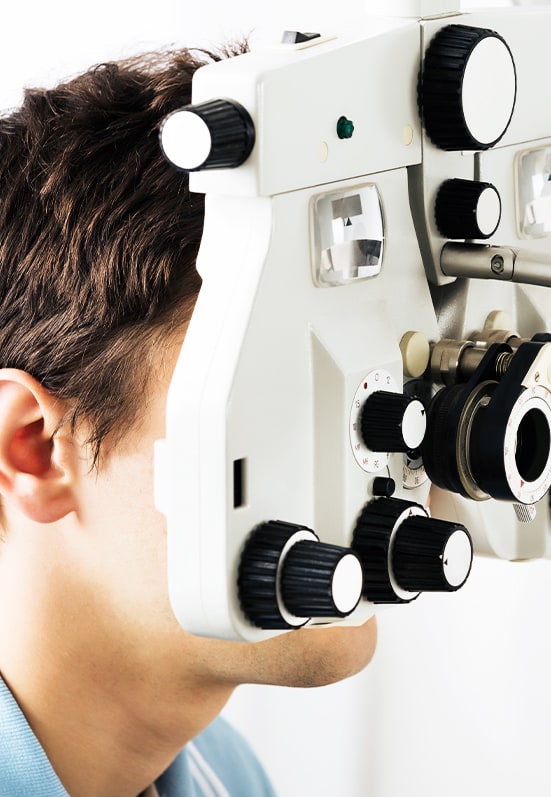
Don’t Wait to Treat Eye Emergencies
Not all eye emergencies are as obvious as an object stuck in your eye, but all eye emergencies require immediate treatment. If you experience sudden vision changes, increased symptoms related to eye health, or chemical exposure, don’t wait to see if things feel better on their own.
If you need help with an eye emergency, call Pacific Pier Optometry, and we will book an emergency appointment or provide guidance until you can reach urgent care.
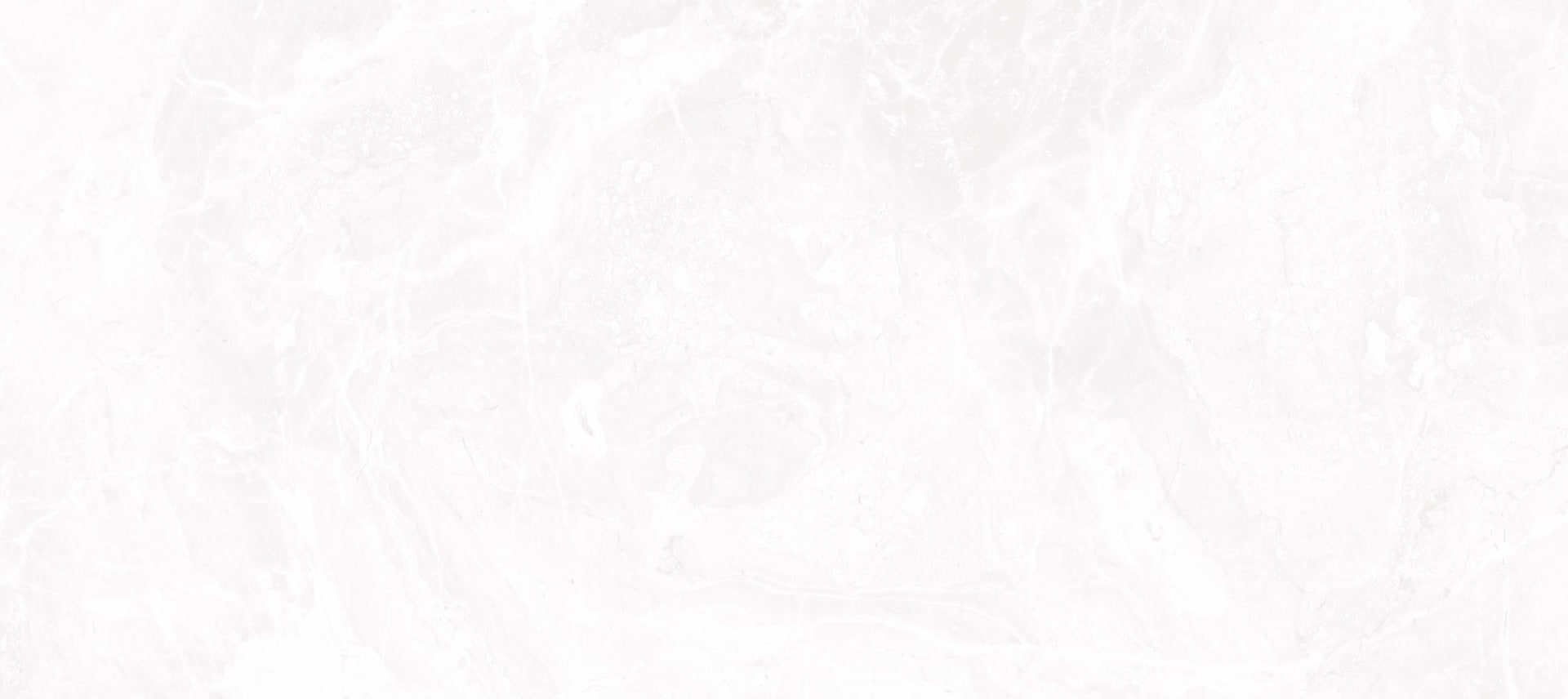
Stuck Foreign Objects in the Eye
A foreign object is anything that enters from outside your body. Some smaller foreign objects, such as sand, wood shavings, or dust, can be easily rinsed away. But, if the object is abrasive, such as glass or sharp particles, it can scratch the surface of your eye.
If a larger foreign object injures or punctures the eye, do not remove it. Unlike chemical injuries, it’s best not to rinse the eye, as it can dislodge or shift the object, potentially creating more damage.
Try to prevent any movement and avoid touching the object. You can gently cover your eye with a clean cloth or a cup to prevent debris or outside touch from reaching the eye.
If the injury interrupts eyelid movement or the ability to close your eye, call your optometrist or urgent care before applying eye drops. Some liquid tears may be safe, but it’s best to consult a professional with eye care and product knowledge.
What to Do after an Eye Injury
The most common eye emergencies include impact to the face from physical contact or sports equipment, chemical splashes like all-purpose cleaners or teeth whitening products, launched objects like darts or fireworks, and flung pieces of material like metal shavings or sand.
If you experience an eye emergency or witness an incident, you can take measures to reduce the risks of worsening outcomes.
Never attempt to treat an eye injury or condition yourself. Avoid rubbing or applying pressure to your eye. Do not use tools, such as tweezers or cotton swabs, to remove a foreign object. Do not apply medication, ointments, or eye drops.
Instead, assess the type of injury or cause, such as a chemical injury, a foreign object, or another health concern. The more information you give your eye doctor or emergency care provider, the sooner you can receive appropriate treatment.
If you wear contact lenses or an object enters your eye, do not remove it. Removal can aggravate your eye and potentially make the condition worse.
However, you should remove contact lenses if your eyes are exposed to chemical irritants. Chemical injuries or burns are an exception, as continued chemical exposure can increase the risk of permanent damage. It’s best to rinse your eyes immediately, using the following procedure:
- Find access to clean water or an emergency eyewash solution. You might use a sink, hose, shower, or eyewash station. For your comfort, lukewarm water is best.
- If you wear contacts, they should be removed. However, your hands should be cleaned to avoid spreading chemicals during the removal.
- Tilt your head down. The affected eye should be positioned at the lowest point to prevent the rinsed chemicals from washing into your other eye or other exposed tissue.
- Flush your eyes for 10–15 minutes. Ensure your eyes are open and the water flushes across the entire eye surface. Look in all directions (up, down, left, right) for a thorough wash. The water pressure should be consistent but not painful.
For some chemicals, you might need to flush your eyes for longer than 15 minutes. For example, alkaline materials, including baking soda, scouring powders, drain cleaners, window cleaners, and calcium hydroxide should be flushed for 60 minutes.
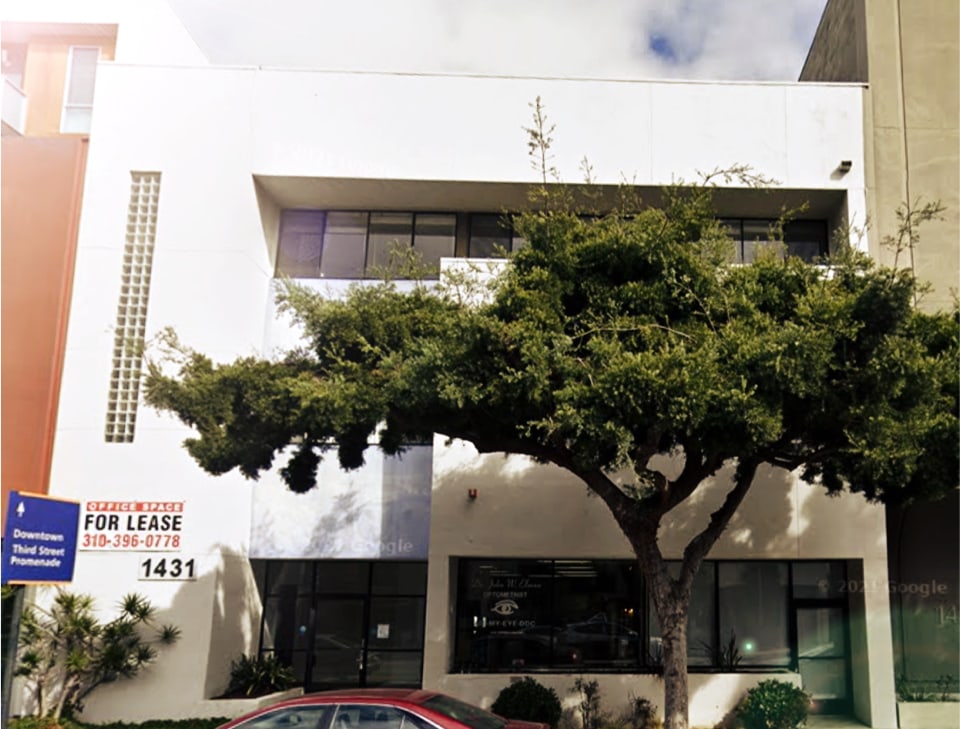
Find Us in Santa Monica
Clinic Hours
- Monday: 9:00 AM – 12:00 PM
- Tuesday: 9:00 AM – 5:00 PM
- Wednesday: 9:00 AM – 5:00 PM
- Thursday: 9:00 AM – 5:00 PM
- Friday: 9:00 AM – 5:00 PM
- Saturday: 9:00 AM – 12:00 PM
- Sunday: Closed
Closed 12 PM – 1 PM for lunch

West Coast Style


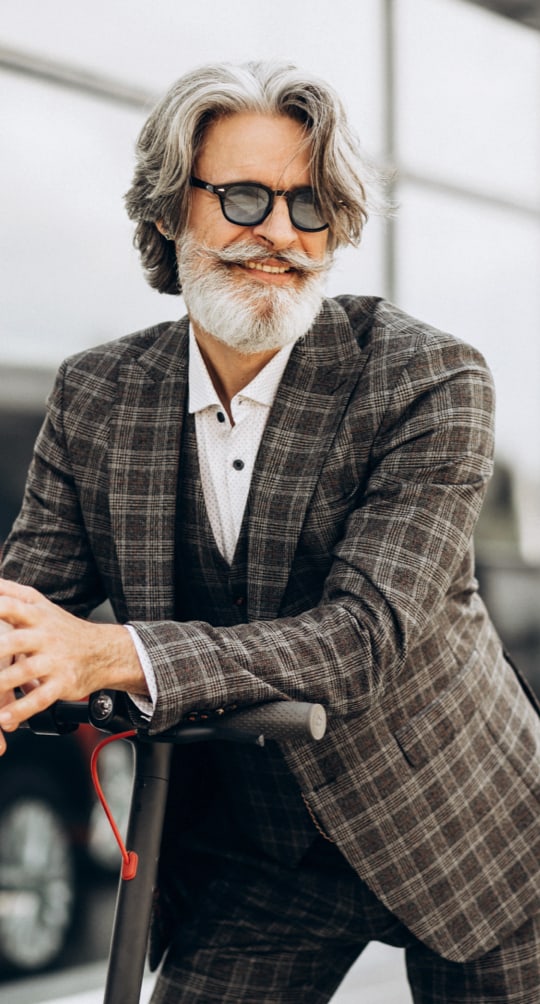

Our Google Reviews
Socialize With Us
Error: No feed found.
Please go to the Instagram Feed settings page to create a feed.

